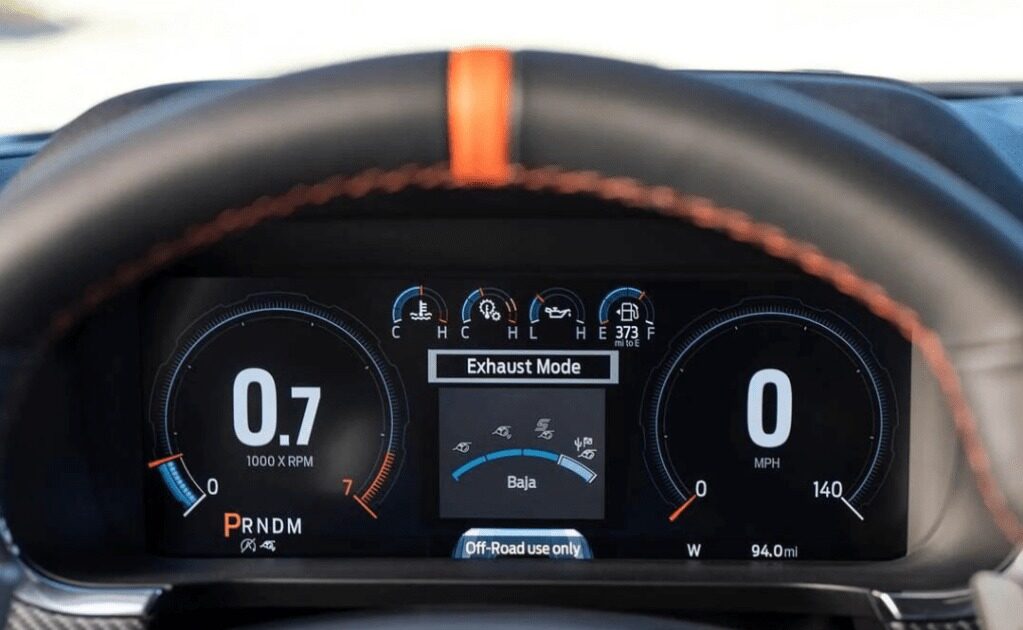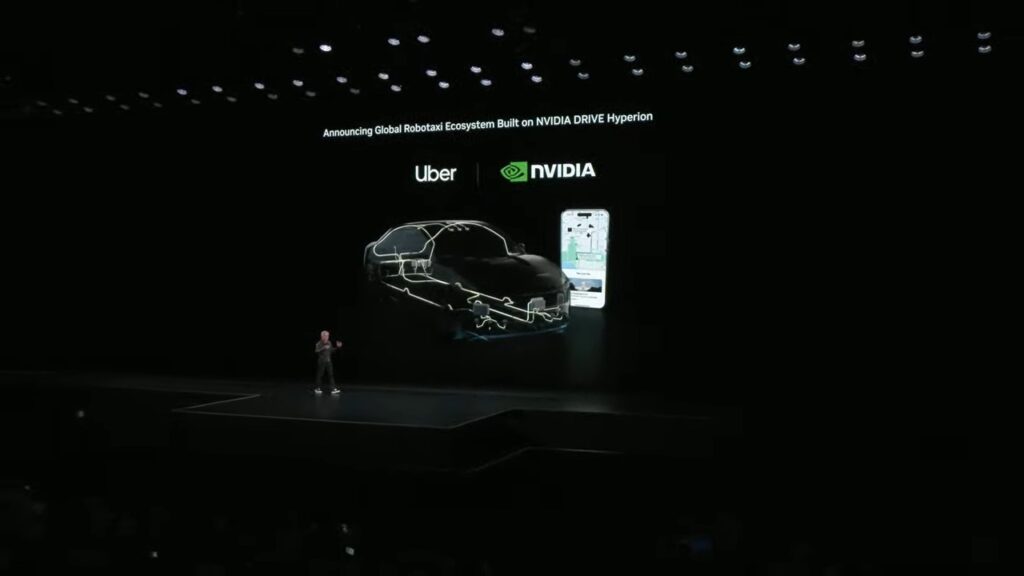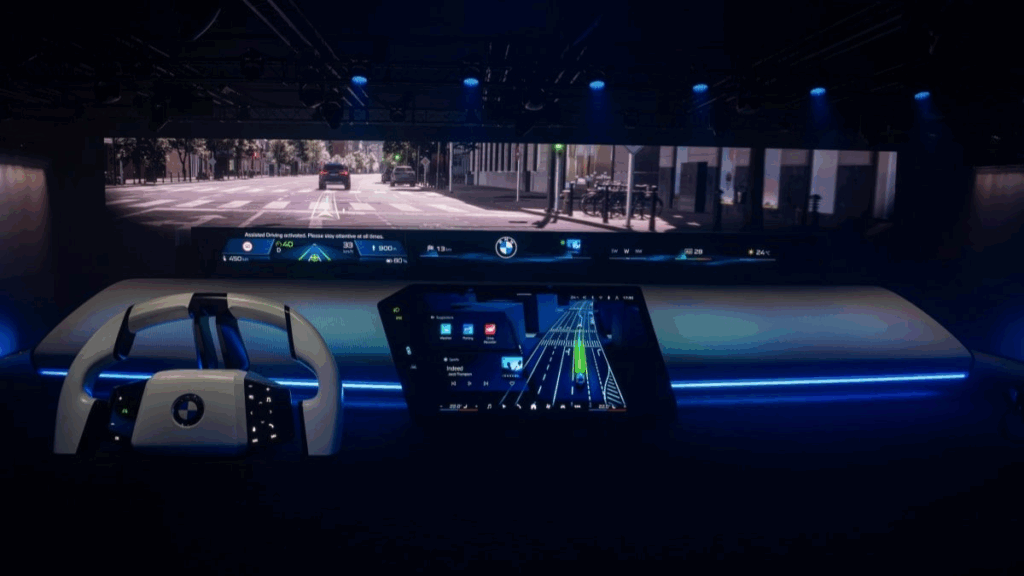For decades, the instrument cluster was one of the simplest components in a vehicle — a set of analog gauges powered by mechanical cables, physical sensors, and a few bulbs behind the panel. Today, it has become one of the most advanced electronic systems in the entire cabin. The shift from analog needles to fully digital, customizable displays tells a bigger story about how modern vehicles are evolving into software-driven machines.
From Mechanical Gauges to Early Digital Readouts
The earliest instrument clusters were purely mechanical. Speedometers were driven by cables, fuel gauges used simple resistive sensors, and warning lights were just small incandescent bulbs. When digital dashboards first appeared in the 1980s, they were more of a novelty than a functional upgrade — limited to basic numeric speed readouts and simple animations. These early attempts were flashy, but not capable enough to replace the reliability and clarity of mechanical gauges.
The Rise of TFT and LCD Displays
By the early 2010s, advancements in LCD and TFT display technology made digital clusters practical and affordable for mass production. Automakers began offering hybrid clusters — analog gauges paired with small digital screens in the center. This was the first step toward blending traditional readability with modern flexibility. Drivers could now see turn-by-turn navigation, phone information, and vehicle data without relying solely on the center screen.
Fully Digital Clusters Take Over
As display quality improved, manufacturers transitioned to full-width digital clusters. Brands like Audi, Mercedes-Benz, and Cadillac pushed the boundaries with high-resolution panels capable of rendering maps, driver-assist graphics, and customizable layouts. These new clusters weren’t just screens — they were dynamic interfaces that adjusted based on the driving mode, environment, and driver preference.
Today, digital clusters are becoming standard even in mid-range models. Many use the same resolution and brightness levels found in smartphones and tablets, with frame rates smooth enough for live animations and 3D graphics.
Integration With Vehicle Electronics
Modern clusters are deeply tied into the vehicle’s electronic architecture. They communicate with ADAS modules, infotainment systems, engine control systems, and camera sensors. Because of this integration, the cluster can now display:
Live safety alerts
Blind spot and lane-keeping graphics
Tow and trailer information
Off-road suspension and drivetrain data
Navigation overlays and traffic visualization
This level of communication wasn’t possible in older vehicles that lacked a centralized network or high-speed data links.
The Move to Configurable Cockpits
The newest trend is configurable cockpit environments, where the entire display — from gauges to menus to media — can be rearranged by the driver. Want a full-screen map? A minimalist speed-only mode? A performance tachometer? It’s all selectable with a button.
This flexibility is driven by powerful in-car processors and GPU-based rendering systems that make clusters feel like modern tablets. Automakers are also using software updates to add new layouts, improve animations, and introduce new features long after purchase.
The Road Ahead
As vehicles move toward centralized computing and large-format displays, the instrument cluster will continue evolving. Future clusters may rely even more on 3D rendering, augmented reality overlays, and AI-powered personalization. Eventually, the boundary between the cluster, infotainment system, and HUD may disappear entirely, creating a seamless digital cockpit that adapts to the driver and environment.
Digital clusters started as an experiment, but they’ve now become one of the most important elements in the modern vehicle interior — a perfect example of how electronics are transforming the driving experience.



